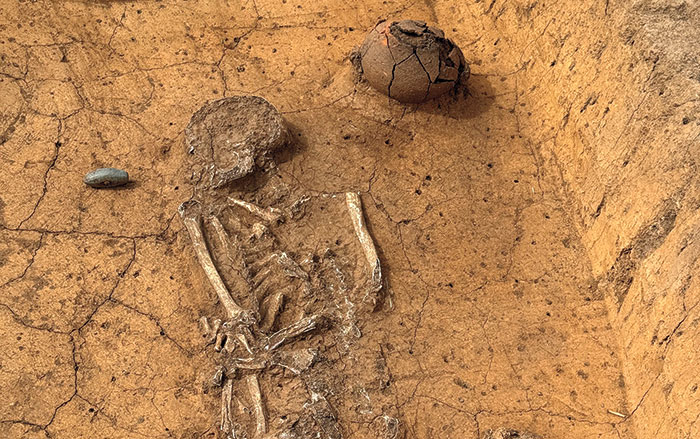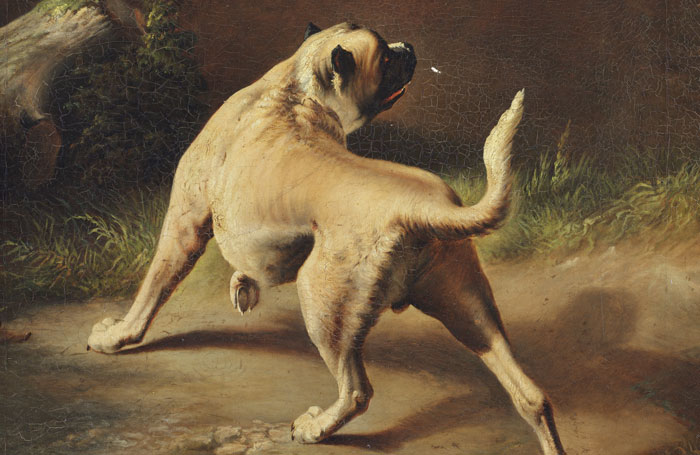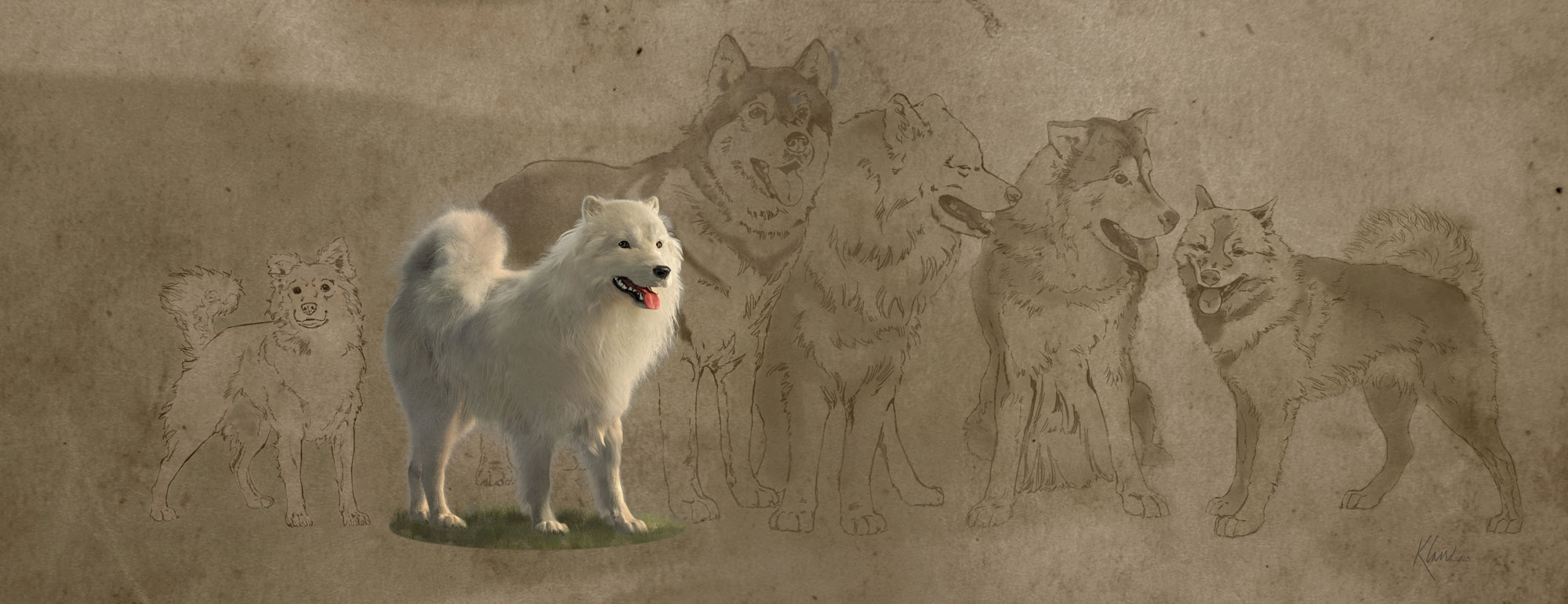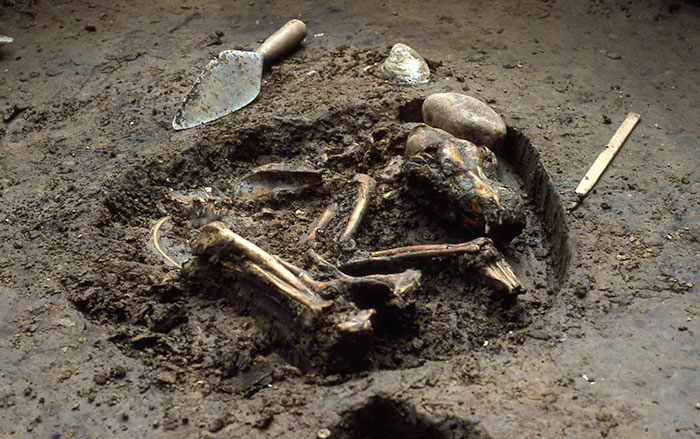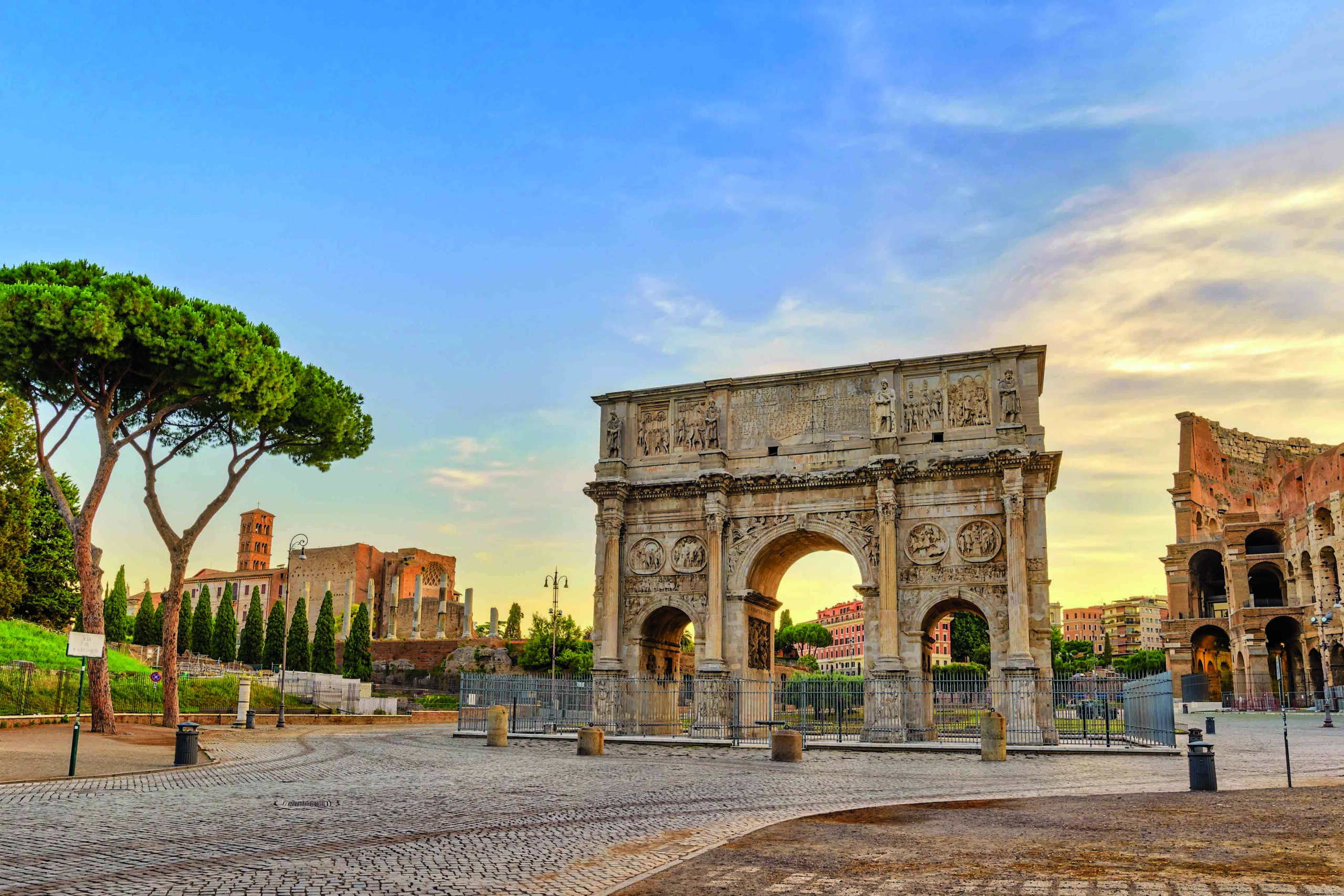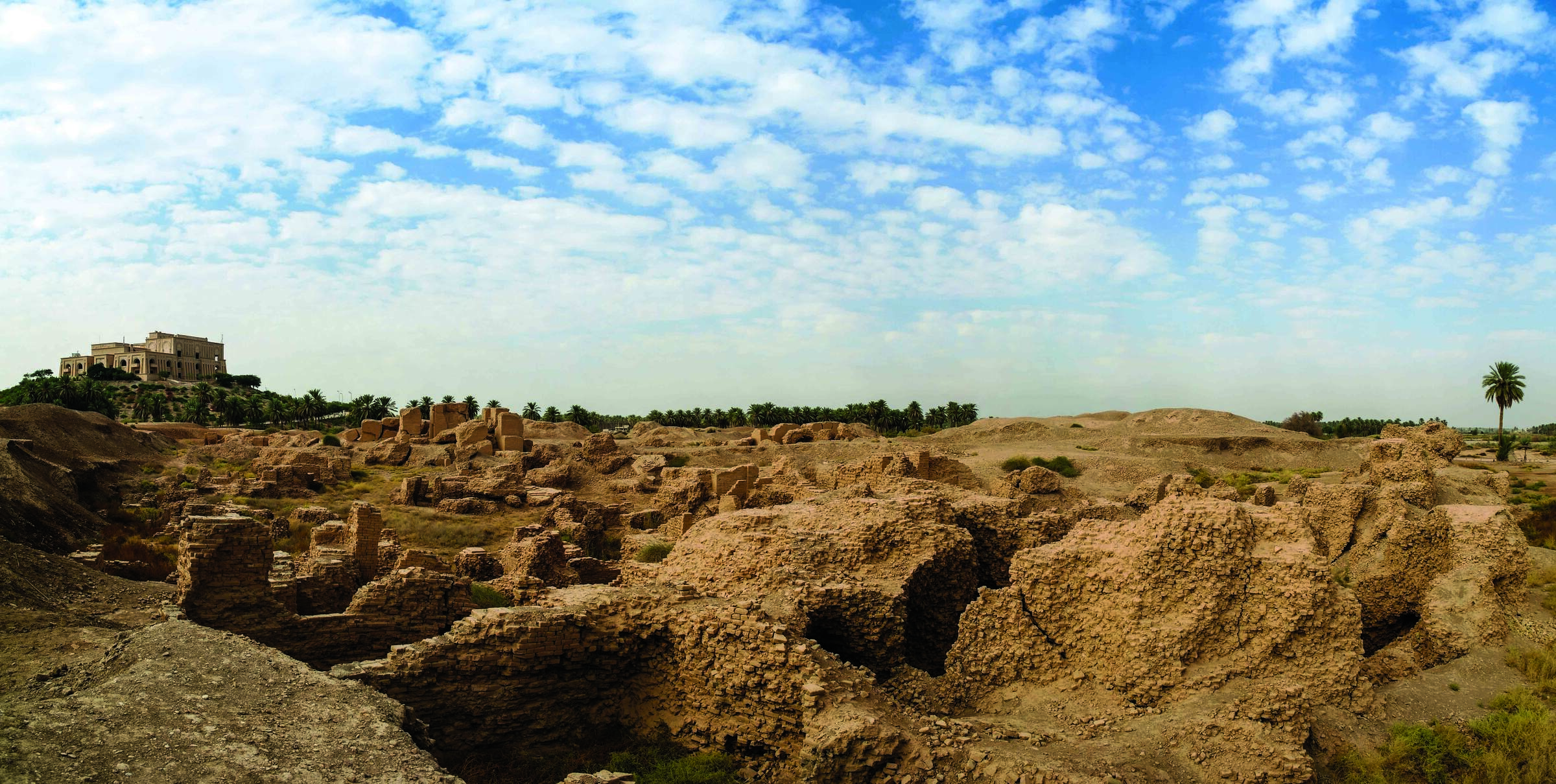
CAMBRIDGE, ENGLAND—According to a statement released by the University of Cambridge, a team of researchers led by archaeologist Piers Mitchell analyzed fossilized human and dog feces discovered in a refuse heap at Durrington Walls, the site of a Neolithic village thought to have been inhabited on a seasonal basis some 4,500 years ago by the people who built Stonehenge. Five of the samples, one human and four dog, were infested with capillariid worms. When this type of parasite infects humans or ruminants, it lodges in the liver and is not excreted through the digestive system. The presence of the microscopic eggs in the human feces indicates that the person and the dogs had consumed raw or undercooked lungs or liver from an infected animal. Cow bones in the refuse pile suggest that cows may have been the ruminant source of the parasite eggs, Mitchell explained. A previous isotopic analysis of the chemical composition of cow teeth from the site suggests that some cattle at Durrington Walls originated in Devon or Wales, and may have been imported for large-scale winter feasting. One of the dogs was also infected with a fish parasite, which was probably consumed at another location, since no fish bones have been recovered from Durrington Walls. Read the original scholarly article about this research in Parasitology. For more on feasting at Durrington Walls, go to "Neolithic Henge Feasts," one of ARCHAEOLOGY's Top 10 Discoveries of 2019.


